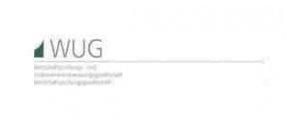
Role of internal control in financial reporting
The proper organization of internal controls in financial reporting is becoming ever more important
Currently, the role of internal controls in financial reporting has become crucial. Such controls enable the reader of the financial statements to confirm that the report contains accurate data and accurately reflects the entity's financial position, financial status and performance. Thanks to appropriately identified risks and properly planned audits, the entity's management will have the ability to avoid material errors and to verify that transactions have been correctly executed and are in line with the company's strategy and applicable laws.
What the audit does?
With a properly designed internal control process, it is possible to effectively detect any irregularities in financial statements before they are read by external parties. This allows companies to avoid unnecessary complications related to the correcting of such financial statements and to avoid misleading the recipients.
It is worth emphasizing that the internal control system is a continuous process, which means that the management of an entity should continually work on any weaknesses and continue improving the process by introducing new control points to identify vulnerabilities that have the potential to distort financial data.
In accordance with International Standard of Auditing 315, when examining financial statements the certified auditor achieves an understanding of the internal control process and assesses whether the control, individually or in combination with other controls, is significant for the audit and accordingly reduces the risk of material misstatement at the financial statements.
An appropriately planned and implemented risk identification and internal control system is essential for the proper functioning of a company. It helps streamline the core processes of a business and ensures that the data shown in reports does not contain errors.
return










